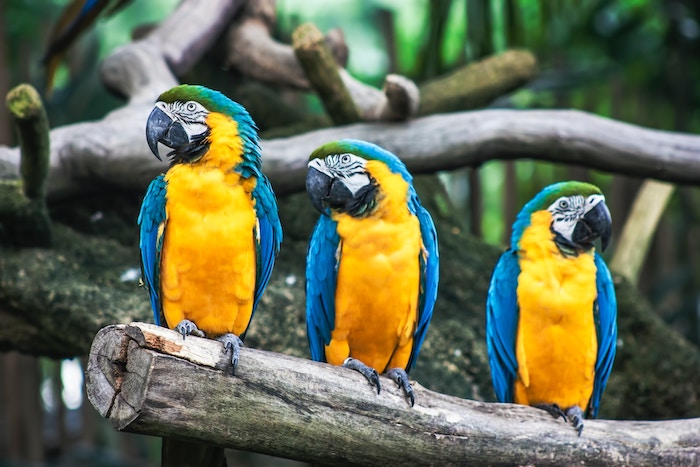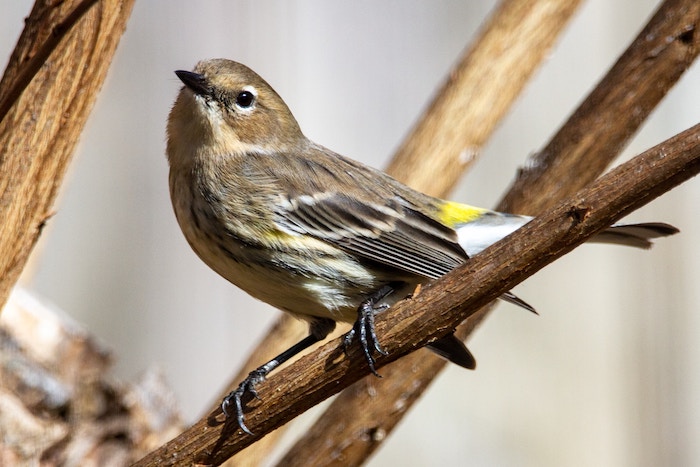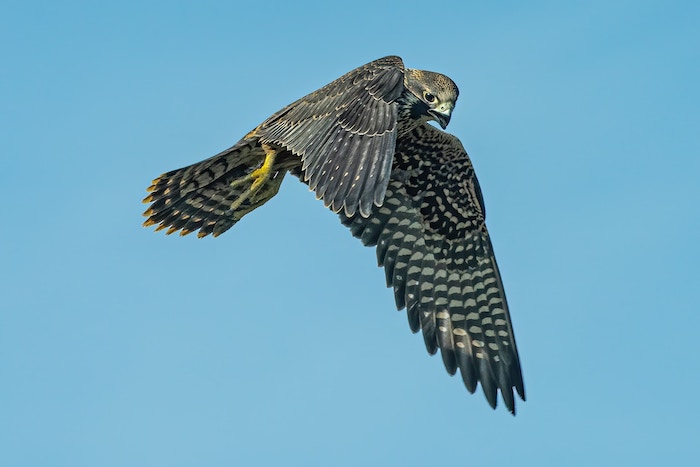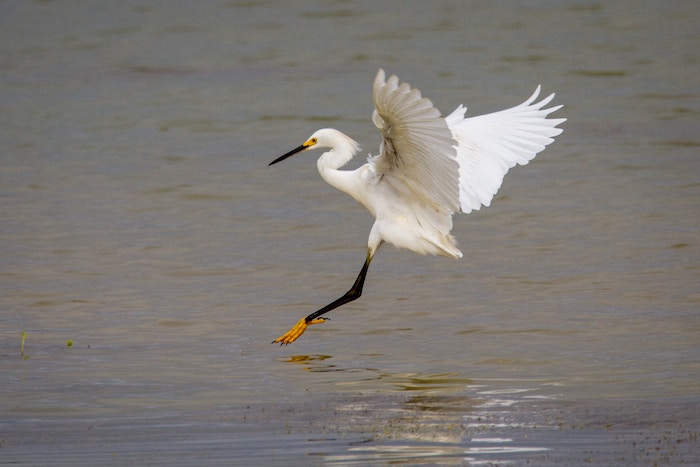Birding is an age-old activity enjoyed by many. With this hobby comes a variety of avian beauties to explore. That said, this diversity means there is always more to explore.
This article takes a closer look at the wonderful diversity of wild birds, discovering the distinct characteristics and behaviors of these avian creatures.

Introduction to Birding
Birding is an exciting hobby that offers partakers an opportunity to connect with nature. For some, it is a means of relaxation, and for others, it provides vital research information.
Regardless, there are numerous benefits of birdwatching. So, whether you are a novice or an experienced birdwatcher, you must take certain measures to ensure you make the most of your experience. Here are some tips to help you.
Choose the Right Tools
As you begin birdwatching, choosing the right tools can make or break your experience. The first thing you need to focus on is securing a good pair of binoculars.
The best binoculars allow you to observe birds from afar without upsetting their natural behavior. Your binocular should be comfortable to hold and easy to adjust focus.
Secondly, purchase a field guide created for your region. This guide will help you identify birds easier, and you can choose a physical or digital version. Furthermore, you should consider visiting websites like birdinginsider.com for information regarding birds.
Be Patient and Observe
Birdwatching requires patience because birds are easily startled, so you might find it hard to catch them in nature. Therefore, you need to give them time and patiently wait for them to reveal themselves.
When these avian beauties reveal themselves, listen to their calls and focus on their nesting behaviors, flight patterns, and feeding habits. These will help you determine the specie of the bird you are observing.
Join a Birding Group
While many enjoy birdwatching alone, it can be a social activity. Consider joining a birdwatching group where you can share ideas and stories with people who have similar or more experience.
Not only will you learn more, but it will give you a chance to appreciate the hobby even more. You don’t necessarily need to join a physical group, an online community is just as effective.
Exploring Avian Diversity
There are thousands of species of birds, with each coming in various shapes, sizes, and colors. These dynamic features make for some interesting discoveries. Here are some avian families and their distinct features:
Songbirds

Songbirds are one of the most popular types of birds and belong to a group called passerines (or perching birds). They make up over 60% of bird species (over 6000 species) in the world.
These birds are characterized by their complicated voice boxes that allow them to sing beautiful songs.
They sing for several reasons, such as attracting mates, communicating, and marking territory. Songbirds have different songs, so you can usually use these songs to differentiate their species. In addition, they vary in size ranging from small to medium.
Here are some examples of songbirds:
- Hermit thrust
- House wren
- Brown-streaked song sparrow
- Northern cardinal
Raptors

Raptors are also called birds of prey and are predatory species of birds. These avian hunters are characterized by sharp talons, strong beaks, large wings, and exceptional eyesight, allowing them to efficiently hunt their prey and fight rivals.
These birds hunt for food while in the sky and then swoop down to use their claws to snatch their prey, be it fish, small animals on the ground, or other birds in mid-air.
Thanks to their remarkable features, raptors continue to remain at the top of the food chain. Furthermore, besides the benefit of feeding themselves, raptors also help the ecosystem by controlling rodent populations.
Here are some examples of raptors:
- Eagles
- Falcons
- Owls
- Ture hawks
- Buzzards
Waterfowl

Alt text: a snowy egret
Waterfowl, also called game birds, are birds with webbed feet and waterproof feathers. These birds are strong swimmers that use their webbed feet to move around the water.
They are usually found near wetlands, such as swamps, ponds, rivers, oceans, and ponds. That said, you can find some waterfowl like geese on grassland.
Most waterfowl graze on grass or water weeds. However, you can find some that prefer fish, insects, or snails.
Despite being predominantly based in watery terrain, most waterfowl fly exceptionally well and seasonally migrate. The distance of this journey could be as little as a few miles to as far as thousands of miles.
Here are some examples of waterfowl:
- Swans
- Geese
- Ducks
- Coots
- Mallards
Importance of Wild Birds
Birds are not only vital for their stunning features and songs. They also play a crucial role in the ecosystem. Here are some benefits of wild birds:
Birds Help Disperse Fungi, Seed, and Pollen
Some bird species feed on fungi, and as they eat, their bodies collect spores. After eating, these birds fly through the forest and spread fungi.
Trees in the forest use fungi in their roots for several functions, such as communicating with one another and sharing resources. By spreading fungi, birds are helping trees maintain their relationship with themselves.
The same thing applies to seeds and pollen. As birds feed on fruits and flowers, seeds and pollen attach to their feathers, which they spread as they move from habitat to habitat, allowing plants to grow and survive. Birds can also spread seeds they eat through their droppings.
Birds Help With Pest Control
Birds help control pest populations by feeding on insects that could eat crops and cause damage to forests. Not only do they reduce the number of pests, but they help pest control industries save billions of dollars yearly.
Conclusion
Observing wild birds offers you a glimpse into the natural behavior of these avian creatures. From the powerful raptors to the graceful songbirds, there is so much to explore.
Additionally, taking a closer look at avian diversity displays that wild birds offer more than just their looks; they possess ecological significance as well.
Ultimately, wild birds are incredibly diverse creatures that provide recreational, educational, economic, and ecological benefits.
